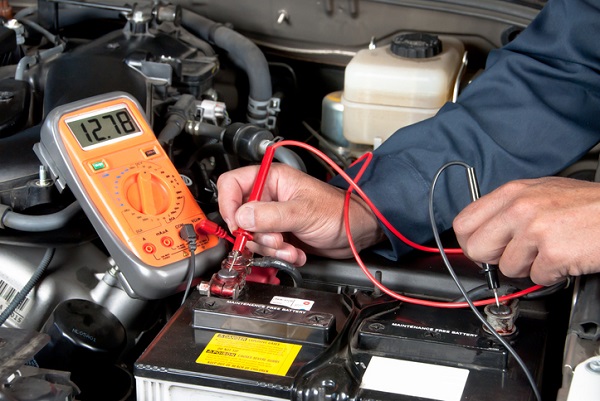
An auto mechanic rarely goes consecutive days dealing with exactly the same sort of vehicle problem. There are lots of things that can go wrong mechanically, and a vast amount of repair equipment is needed to solve such problems. This equipment should be of the highest standard. Poor quality tools malfunction and slow down the repair process, which will eventually lead to dissatisfied customers.
Some tools may only be used once every few months, but there are a lot of essentials which professionals rely upon very regularly. It can be a bit daunting for students at first, when they are exposed to the broad range of equipment in a garage. So here is a look at some of the tools that are the ‘bread and butter’ of mechanical careers.
1. Get out of Tight Spots With a Good Set of Wrenches
Vehicle components are secured with vast amounts of bolts and fasteners, and some of them usually need to be removed during a repair job. A comprehensive wrench set is a valuable part of the armory after auto mechanic courses, because these bolts come in many different sizes. Top quality wrenches last for many years, and they are usually available for anything from 6mm to 24mm bolts. Because mechanics use so many of these wrenches, they can easily be misplaced, so keep track of them all after completing a repair task.

2. Wiring Jobs Are Made Much Easier With Pliers
Gripping narrow mechanical or electrical objects can be tricky during auto repairs. A good set of pliers eases such distress, so mechanics usually have a good selection of them in their workshop. They are regularly used for brake jobs and wire cutting, and help to keep your hand out of the line of sight during repairs. Spark plug pliers are specific versions which have padded jaws to tightly grip spark plugs without damaging any surrounding components.
3. Let the Jack Do the Heavy Lifting at Mechanic Schools
Many mechanical problems require repairs under the body of the vehicle, and ease of access is much more difficult. A jack is vital to lift the vehicle, but it shouldn’t be used to balance the vehicle in the air over a long period of time. Instead, jack stands are strong enough to secure the vehicle and provide space under the body to carry out repairs. Of course, most garages have a heavy duty lift to take care of this task, but jack stands are always useful if electrical equipment lets you down.
4. Use a Multimeter to Check Electronics with Ease
Modern vehicles are continually increasing their reliance on electrical equipment, so grads leaving mechanic schools are aware of a likely upsurge in associated repairs. A multimeter is used to troubleshoot electrical problems by measuring voltage, resistance, and current in vehicle components. This is therefore a crucial tool used to diagnose problems with the battery, audio equipment, fuses, and much more. Blown fuses are also a regular repair job, so keep a healthy supply of replacement fuses in the workshop.

5. Make Use of Lighting Equipment During Car Repairs
Auto repairs are often needed in hard-to-reach spots with little natural sunlight available. Make sure that you have a variety of lighting equipment to help when visibility is reduced. This may come in the form of a clip-on light which you can attach under the hood, or a light affixed to a wearable headband. As well as making repairs much easier, lighting is vital in reducing strain on the eyes.
Get the necessary training in one of the most comprehensive automotive courses in Canada.
Find out more by checking out Automotive Training Centres.

